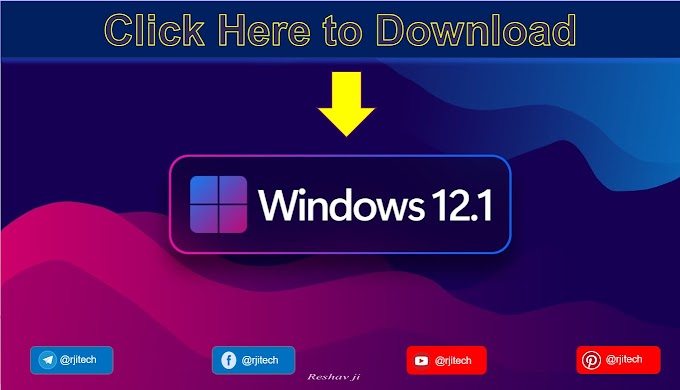In a recent revelation, Palo Alto Networks PAN-OS software has fallen prey to a newly unearthed zero-day vulnerability, sending shockwaves through the cybersecurity landscape. This clandestine exploitation, named Operation MidnightEclipse by Palo Alto Networks' Unit 42 division, marks the handiwork of a shadowy threat actor whose origins remain shrouded in mystery.
Dated back to March 26, 2024, this vulnerability, codenamed CVE-2024-3400 with a daunting CVSS score of 10.0, exposes a critical command injection flaw. This loophole empowers unauthenticated assailants to wield arbitrary code execution with root privileges on the firewall, plunging networks into a precarious state of vulnerability.
Operation MidnightEclipse unfolds with the exploitation of this flaw, orchestrating a meticulously crafted cron job set to execute every minute. This job dutifully retrieves commands from an external server, laying bare the gaping vulnerabilities of PAN-OS 10.2, PAN-OS 11.0, and PAN-OS 11.1 configurations equipped with GlobalProtect gateway and device telemetry.
Craftily managed access control lists (ACLs) ensure exclusive access to the command-and-control (C2) server, safeguarding the nefarious activities of the threat actor. While the exact nature of these commands remains veiled, suspicions arise of a Python-based backdoor, christened UPSTYLE by cybersecurity stalwart Volexity.
Operating from distinct servers, these Python scripts stealthily infiltrate the firewall's defenses, inscribing their presence in seemingly innocuous files. Intriguingly, the attack's modus operandi leverages legitimate files native to the firewall infrastructure, concealing its tracks amidst the cacophony of digital traffic.
The intricacies of the attack crescendo with a symphony of subversion as the backdoor scripts surreptitiously inscribe commands into the web server error log. Threads of deceit weave through forged network requests, triggering a cascade of events culminating in the execution of malicious directives.
Swift and stealthy, the threat actor orchestrating Operation MidnightEclipse deftly maneuvers within compromised networks, leaving nary a trace of their presence. Remote exploits birth reverse shells, fostering an ecosystem ripe for data exfiltration and internal network penetration.
The scale of this insidious campaign remains a matter of conjecture, yet the meticulous tradecraft and rapidity exhibited by the adversary hint at a formidable foe. Dubbed UTA0218 by Volexity, this shadowy figure casts a long shadow over the cybersecurity landscape.
As the specter of vulnerability looms large, organizations are urged to remain vigilant, scouring their networks for signs of lateral movement indicative of compromise. The urgency of this situation has prompted the U.S. Cybersecurity and Infrastructure Security Agency (CISA) to elevate the flaw to its Known Exploited Vulnerabilities catalog, mandating swift action to mitigate potential threats.
Palo Alto Networks, in tandem with the cybersecurity community, races against time to devise patches aimed at fortifying the beleaguered defenses of PAN-OS. Yet, the specter of state-backed threat actors looms large, underscoring the perpetual arms race between cybersecurity defenders and their elusive adversaries.
Here are some questions that might come to mind:
Q.1: What is Operation MidnightEclipse and why is it significant?
Ans: Operation MidnightEclipse is a clandestine cyber operation exploiting a zero-day vulnerability in Palo Alto Networks PAN-OS software. It's significant because it exposes critical flaws in network security, allowing attackers to execute arbitrary code with root privileges.
Q. 2: Can you elaborate on the CVE-2024-3400 vulnerability?
Ans: CVE-2024-3400 is a command injection flaw in PAN-OS software, enabling unauthenticated attackers to execute arbitrary code on affected firewalls. With a CVSS score of 10.0, it poses a severe threat to network security.
Q. 3: How does Operation MidnightEclipse exploit the vulnerability?
Ans: Operation MidnightEclipse leverages the CVE-2024-3400 vulnerability to create a cron job that fetches commands from an external server, executing them using the bash shell. This allows attackers to infiltrate and compromise networks.
Q. 4: What measures can organizations take to mitigate the risks posed by Operation MidnightEclipse?
Ans: Organizations are advised to apply patches promptly, scrutinize network activity for signs of compromise, and bolster access controls to safeguard against unauthorized access. Additionally, heightened vigilance and proactive monitoring are recommended.
Q. 5: Who is behind Operation MidnightEclipse?
Ans: The perpetrators of Operation MidnightEclipse remain unidentified, with their origins and motives obscured. However, cybersecurity analysts suspect the involvement of a highly capable threat actor, potentially state-backed, given the sophistication of the attack.
Q. 6: What actions has the cybersecurity community taken in response to Operation MidnightEclipse?
Ans: The cybersecurity community, led by Palo Alto Networks' Unit 42 division and organizations like Volexity, has been actively tracking and analyzing the threat posed by Operation MidnightEclipse. Efforts are underway to develop patches and enhance defensive strategies against similar exploits.
In the face of mounting threats, vigilance emerges as the cornerstone of resilience, serving as a bulwark against the encroaching tide of cyber malevolence. As the digital realm evolves, so too must our defenses, for in the crucible of adversity lies the forge of innovation and resilience.







.gif)
